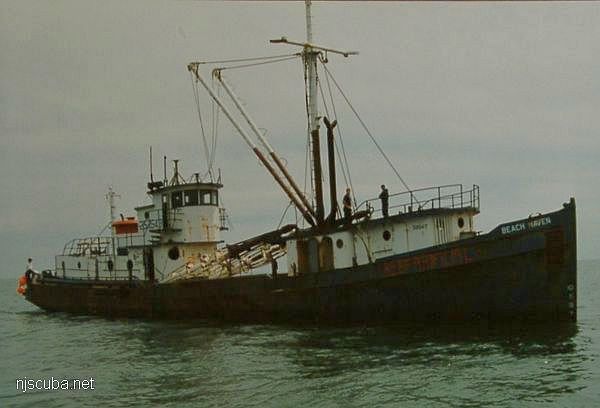Texel

- Type:
- shipwreck, tanker, USA
- Name:
- Texel is the easternmost of the Frisian islands off the coast of Holland, which are similar to our own barrier islands.
- Built:
- 1913, Denmark
- Specs:
- ( 331 x 48 ft ) 3220 gross tons, 36 crew
- Sunk:
- Sunday June 2, 1918
bombed by U-151 - no casualties - Depth:
- 230 ft
Today, the Texel lies in 230 ft of water. She sits on a sandy bottom with almost no relief. She appears to have landed upright but has collapsed into the sand. Hull plates have fallen off around her like an eroding jig-saw puzzle. Her midsection and superstructure are gone, and her bow unrecognizable. The stern is marked by the propeller shaft, which hangs above the surrounding hull plates. She is a deep dive and should be dived by only the most experienced.



Questions or Inquiries?
Just want to say Hello? Sign the .